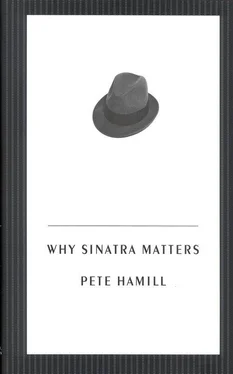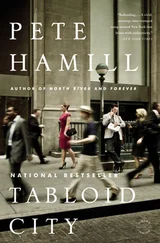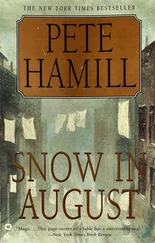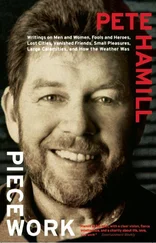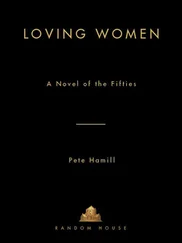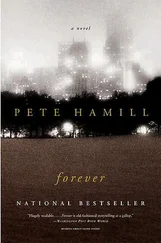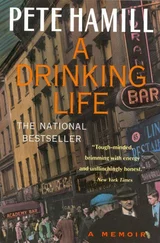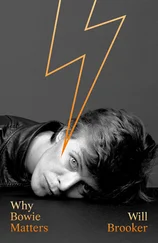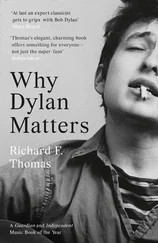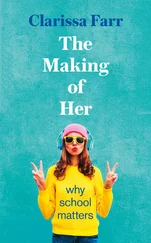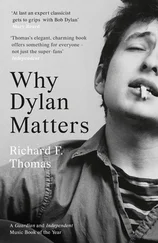In such places the Mafia did begin to establish itself, usually victimizing Italians but bringing a kind of authority to the social structure of the ghetto. If the government treated you with contempt or suspicion, if trade unions rejected you, if at last your children had a chance for an education and the teachers made fun of them, then you would have to live by your own rules, or pack up and leave. In fact, hundreds of thousands of Italians did go home, many of them embittered by their American experience. For them, the promises implied by the Statue of Liberty were part of a cruel joke; more Italian immigrants returned home than any other nationality.
But millions stayed on, seeking their own means of protection within the warm fortress of the family and its extension, the ghetto. If, in the pursuit of justice or progress they could not depend upon the police or the courts, if they could not obtain loans from the banks, then they would go to the man in the white suit from Francis Ford Coppola’s version of The Godfather, the agent of the Honored Society. He could arrange for extortionary loans. He could settle disputes. He could dispense rough justice. Always at a price, of course. In cash, or in obligations. During the years before World War I, he was a parochial figure, strictly local, an exotic import, a poisonous flower unique to the closed ghetto hothouse. But he was created by an American failure. More than anything else, he emphasized how cut off many Italian immigrants were from the larger American society.
This isolation, this shared solitude, created problems that took generations to solve. Education was often sneered at; what was the use of working hard in school if you couldn’t take a diploma into a good job? “I know a guy went to college,” I would hear from my Italian American friends growing up in Brooklyn. “He’s driving a truck.” Many would retreat into passivity, keeping their heads down, getting through a life in silence and safety. Others would try to defuse potential danger by performing the public role of caricatured Italian Americans, the organ grinder, the fruit peddler, a Mediterranean variation on the earlier role of the Stage Irishman.
“You know what radio show I hated the most?” Sinatra would say, many years later. “It was called Life with Luigi, with J. Carrol Naish — there’s a good Italian name for you — and it was all about Italians who spoke like-a-dis, and worried about ladies who squeeze-a da tomatoes on-a da fruit stand. The terrible thing was, it made me laugh. Because it did have some truth to it. We all knew guys like that growing up. But then I would hate myself for laughing at the goddamned thing.”
This is certain: many of the older people among whom Frank Sinatra grew up in Hoboken were shaped by the stark conflict between what America promised and what America delivered. Such a conflict can lead to the development of a defensive style, the adoption of masks of cynicism or irony, or some merger of both. Or it can lead to the guise of the don’t-fuck-with-me tough guy. At different times Sinatra would try on all the masks.
“Sometimes with me, it was a case of if-you-got-the-name-you-might-as-well-have-the-game,” he said to me once. “You think I’m just some wop wise guy off the street? All right, I’ll be a wop wise guy off the street and break your fucking head.”
II. For those Italians who stayed on in the American cities, life did have its consolations. In spite of the cold-water tenements, the hostile police, the sneers of strangers, the slurs in the newspapers, life in those cities was better than it was in the places left behind. As if to maintain continuity with the Old Country, the Italian immigrants — like the Irish before them — reproduced many of the rhythms of the old life. Sinatra grew up in a world of feasts, weddings, funerals, and celebrations, with insistence on the traditions of courtship, marriage, personal honor. At the same time, he was pulled by baseball, the Fourth of July, the vistas of the American deserts that were shown in westerns at the movie house. He was forced to choose between two modes of thinking, admirably described by Richard Gambino in his study Blood of My Blood . One was la via vecchia, the old way, the rules as encoded over many centuries in the Old Country. The other was la via nuova, the new way, the American way, with its loose rules, its many freedoms, its abundance of choices. In some important ways, Sinatra was faithful to the old way: suspicious of, if not hostile to, authority; possessive of women; needy of family. Like most young people of his age, he despised informers, thought the law was hypocritical, the world a hard place. At the same time, he was a genuine product of the new way, exulting in the freedoms of the American, gambling for big stakes in life and career, seizing all opportunities.
Walking the streets of the neighborhood, listening to the grown-ups talk at kitchen tables or in barbershops, he came to understand something else. It was called power. Within the Little Italies of the American cities, there existed subtle structures of social power, most of them carried intact from the Old Country. As Luigi Barzini has written:
“Power has many sources. The first and nearest source is one’s family. In Sicily the family includes relatives as far as the third, fourth, or fifth degree, collaterals, in-laws, relatives of the in-laws, godfathers and godmothers, best men at marriages, dependents, hangers-on, servants, and vassals. They all help or must be helped, as the case may be, in times of necessity.”
In the years of his own power, Frank Sinatra would remain true to that particular vision of responsibility; he was ferocious in protecting his family (even after leaving his first wife); he often acted as if it was his duty, and his alone, to come to the aid of friends when they were in trouble. In some ways, of course, this attitude was not unique to Sicilians or to Italians in general; there was a pagan or Christian element to it, as could be seen among the Irish, and a tribal or religious element that could be witnessed among Jews who came together from many nations and accepted responsibility for one another. But the style and its underlying codes made their marks on Sinatra in Hoboken.
“When I was there, I just wanted to get the hell out,” he said. “It took me a long time to realize how much of it I took with me.”
In Hoboken, as in other places, the story was certainly not one of unrelieved misery. The core of the immigration myth is this: it was about the way people overcame misery, how they found their consolations, and, in the end, how they redeemed America in a time when America believed it was not in need of redemption. There was a spirit of patient optimism in Sinatra’s Hoboken, although he could not have imagined as a child that he would one day become one of the agents of consolation.
For millions of Italian immigrants and their children, technology would provide some of those consolations and accelerate the process of Americanization. The rapid development of the motion picture would provide one form of national unity, allowing people from every region and every ethnic group to share common emotional experiences, some of them virtually mythic. More important, when Frank Sinatra was a child, the phonograph and the radio were invented. When each became widely available, the lives of the immigrants changed in a revolutionary way. Many immigrants added wind-up Victrolas — which came on the mass market in 1915 — to their American homes. After 1921, when regular radio broadcasting began on WJZ out of Newark, those ghetto-bound immigrants who were cut off from English could listen to it at home, trying to crack its codes, while their English-speaking children were entranced. A few years later the immigrants could listen to the Italian-language radio stations, and thus be informed and entertained even if they could not read or write in any language. An even greater impact was made upon their children. Frank Sinatra was part of a generation that could not remember a time when there was neither a radio nor a phonograph in the house; by the time of his first communion, he was listening to the music of America.
Читать дальше
